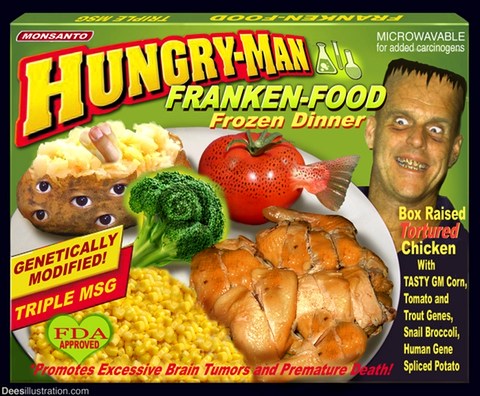Behind every study there is always a motive. Why is a study done in the first place...Who is funding a particular study...What criteria were used in a study...?? This lead me to do some research on this particular study so that I can pass that information, as well as my own thoughts, on to you.
This study was lead by Dr. Evangelos Rizos and was published by the Journal of the American Medical Association. Why Dr. Rizos and his colleagues only chose 20 studies of 68,680 patients to be used in the analysis of existing trials when there are 3,635 papers available is one big question I have. As well, I haven't figured out yet if these existing trials were from patients who already had a previous heart condition or not (I'm assuming yes). Dr. Rizos' study concluded that overall, omega 3 supplementation was not associated with a lower risk of heart attack, sudden death or stroke. Basically, his findings are neutral.
Of course its always best to obtain nutrients from food, after all this is how nature intended it to be. Consuming 2 servings of an oily fish such as salmon each week is all that it takes. Simple. Yes? In our house I try to do this but it doesn't always happen. That's where supplementation comes in handy. Ever since my kids were as young as a year old I have given them a liquid fish oil each morning with no complaints. Really. Well, maybe occasionally, but this is where quality comes into the story.
The diet of the people in this particular study is not known, nor were the brand names of fish oils mentioned. The Omega 3 oils that are found in fish oils is the PREFERRED food for the brain. If the brain does not get this type of fatty acid, it will use other, less-preferred fatty acids such as Omega 6 and/or 9, etc. Most people get way too much of the 6 and 9 and not enough of omega 3s which can, and does, cause health problems. As well, the quality of the fish oils is very important - I personally will only use a couple of brands (Carlson and Nordic Naturals) and I use them in liquid form. Fish oil should not smell bad - if it does, it is rancid and the oxygenation of it can cause more problems in the body. If you do use the pill form break it open and smell it. If it stinks, throw it out and purchase a better brand.
Fish oils are important in cutting blood fats, therefore reducing the risk of a blood clot. But that's not all they do... Fish oils are also important for mental health (anxiety, depression, ADHD, seasonal affective disorder, etc.), arthritis (as someone who suffers from Rheumatoid Arthritis I can speak personally on this one), beneficial for healthy skin, eyes, lung tissue, the immune system and, as I mentioned before, omega 3's are the brain's preferred food. We NEED omega 3's in our body and, with processed foods and factory farms, we are finding less and less of this vital nutrient in our diets. Unfortunately, Omega 3's are only found naturally in a few choice places: grass fed cows (meat and milk), walnuts, flax seeds (small amount), and oily fish such as salmon.
By the way, according to the Journal of the American Association of Physician Assistants, one author of this fish oil study disclosed financial ties to industry but no ties to companies that manufacture or market omega 3 supplements. This begs me to ask the question of just what industry this was?




